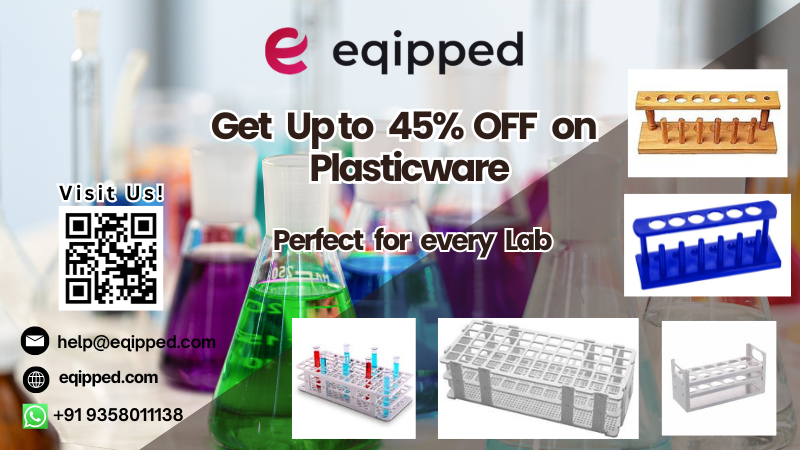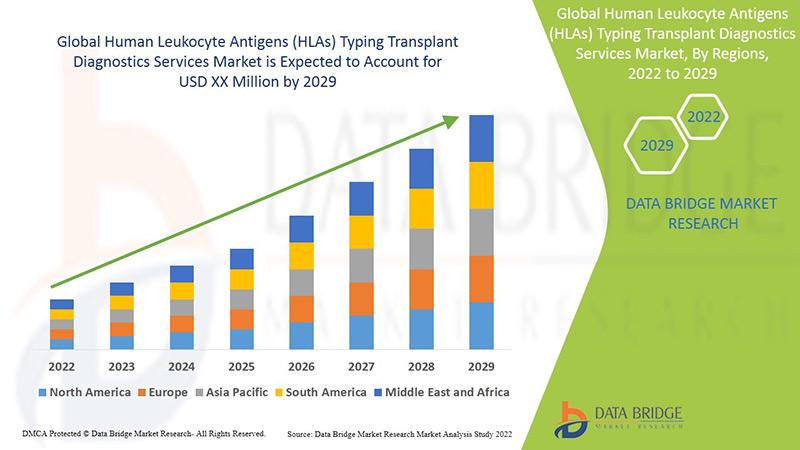Laboratory Plasticware: Importance, Uses, and Educational Relevance in Modern Science

Laboratory plasticware has become an indispensable part of today’s scientific and educational ecosystem. Whether in schools, colleges, or research institutions, plastic-based laboratory items such as beakers, pipettes, flasks, petri dishes, test tubes, funnels, and storage bottles have gained immense popularity over traditional glassware. The rise of laboratory plasticware is not just due to affordability and durability but also because of growing trends in hands-on science education, safety concerns, and sustainable practices. With schools and colleges across the globe emphasizing practical learning, laboratory plasticware plays a central role in making science experiments accessible, safe, and cost-effective for students and educators.
One of the biggest advantages of laboratory plasticware in schools is safety. Unlike glassware, which can break easily and cause injuries, plasticware reduces the risk of accidents. For younger students who are just being introduced to experiments, using durable plasticware allows them to practice handling lab equipment without fear of breakage. For example, plastic test tubes and pipettes are excellent tools for simple demonstrations in chemistry and biology classes. They encourage students to explore science confidently and safely, making plasticware a perfect choice for school-level education.
Another trending aspect of laboratory plasticware in education is its cost-effectiveness. Schools and colleges often face budget limitations when equipping their science laboratories. Plasticware is significantly more affordable than traditional glassware, making it easier for institutions to provide adequate resources for all students. Instead of limiting experiments due to cost concerns, teachers can now encourage more frequent practical sessions, ensuring that every student gets an equal opportunity to conduct experiments. The affordability of plasticware is driving its widespread adoption in academic institutions worldwide.
Durability is another factor that makes laboratory plasticware ideal for use in colleges and schools. Frequent use of lab equipment during classroom experiments can lead to wear and tear. Glassware is prone to chipping or breaking, but plasticware offers resilience and long-lasting performance. This allows educational institutions to minimize replacement costs and extend the usability of their lab equipment. For college-level students who often handle more advanced experiments, plasticware such as centrifuge tubes, sample containers, and reagent bottles ensures precision and reliability while still being sturdy enough for repeated use.
In recent years, STEM education (Science, Technology, Engineering, and Mathematics) has gained global attention as a trending model of teaching. Laboratory plasticware fits perfectly into this framework by offering versatile, safe, and efficient tools for conducting science experiments. For example, in biology classes, plastic petri dishes are widely used for microbial culture demonstrations. In chemistry, plastic burettes and pipettes allow students to practice titrations with ease. Physics experiments involving liquids, density, or material testing can also incorporate plastic measuring cylinders and beakers. By enabling hands-on learning across multiple disciplines, laboratory plasticware contributes to strengthening the foundation of STEM education in schools and colleges.
Another major trend driving the use of laboratory plasticware is sustainability and eco-conscious learning. With the global focus on reducing single-use plastics, many laboratory plasticware manufacturers are now offering reusable and recyclable products. For schools and colleges, this not only aligns with eco-friendly practices but also provides an educational opportunity to teach students about responsible usage and waste management. By reusing plastic beakers, flasks, and pipettes, institutions can minimize waste generation while still ensuring cost efficiency. Additionally, students gain awareness about balancing scientific advancement with environmental responsibility—a lesson that is as important as the experiments themselves.
The rise of digital and virtual labs has also influenced how laboratory plasticware is perceived in education. During online science learning, teachers often showcase experiments using plasticware because it is safer and more accessible at home than glassware. For example, students can replicate simple experiments using plastic test tubes, measuring spoons, and droppers available in school science kits. This trend highlights how plasticware bridges the gap between traditional classroom learning and modern remote education methods. Even when physical access to laboratories is limited, plasticware ensures that students do not miss out on practical exposure.
Another trending topic is interdisciplinary learning, where laboratory plasticware is used across multiple branches of science. In biology labs, plastic pipettes and centrifuge tubes are used for DNA extraction and enzyme activity experiments. In environmental science, plastic sample bottles help in water and soil testing. In chemistry, plastic funnels, bottles, and measuring cylinders are used for mixing and storage. Even in food science and biotechnology programs in colleges, plasticware plays a critical role in sample handling and analysis. This adaptability makes laboratory plasticware one of the most versatile assets in modern education.
Safety training and skill-building are other critical areas where laboratory plasticware contributes significantly. Schools and colleges are increasingly focusing on preparing students for future careers in science and industry. By learning to handle pipettes, centrifuge tubes, and reagent bottles, students acquire laboratory handling skills that will later be valuable in fields such as pharmaceuticals, biotechnology, healthcare, and research. Since plasticware reduces the risk of accidents, it provides an excellent platform for training beginners before they advance to working with glass or specialized instruments. This step-by-step approach ensures confidence, safety, and competence.
The affordability of mass production has also made laboratory plasticware highly accessible for science fairs, exhibitions, and extracurricular clubs. Schools and colleges now actively encourage students to conduct experiments beyond the curriculum, and plasticware allows such explorations without high costs. Science fairs often showcase creative projects where students use plastic pipettes, test tubes, and beakers for demonstrations. This freedom to innovate fosters creativity and deeper interest in scientific exploration, helping students connect academic knowledge with real-world applications.
Another dimension where laboratory plasticware is becoming relevant is inclusive learning. For students with disabilities or special needs, plasticware is lighter, easier to handle, and safer compared to glassware. This makes science education more inclusive, allowing every student to participate in experiments comfortably. By reducing barriers to participation, laboratory plasticware ensures that the joy of scientific discovery is available to all learners, regardless of their physical limitations.
Looking at future trends, 3D-printed laboratory plasticware is gaining momentum in colleges and research institutions. This innovation allows the creation of customized laboratory tools at low costs, which can be especially useful for specialized experiments. While still an emerging technology, it highlights the evolving role of plasticware in education and research. Schools and colleges that adopt such technologies will give students a glimpse of the future of science, making them better prepared for careers in advanced laboratories.
In conclusion, laboratory plasticware has transformed the way science is taught and practiced in schools and colleges. Its affordability, durability, safety, and versatility make it an essential component of modern education. By aligning with trends such as STEM learning, sustainability, interdisciplinary studies, and virtual labs, plasticware continues to expand its role beyond traditional classroom experiments. For students, it provides the confidence to experiment, innovate, and learn actively. For institutions, it ensures cost-effectiveness, inclusivity, and long-term utility. Ultimately, laboratory plasticware is not just an alternative to glassware—it is a catalyst for making science education accessible, safe, and future-ready for the next generation of learners.








